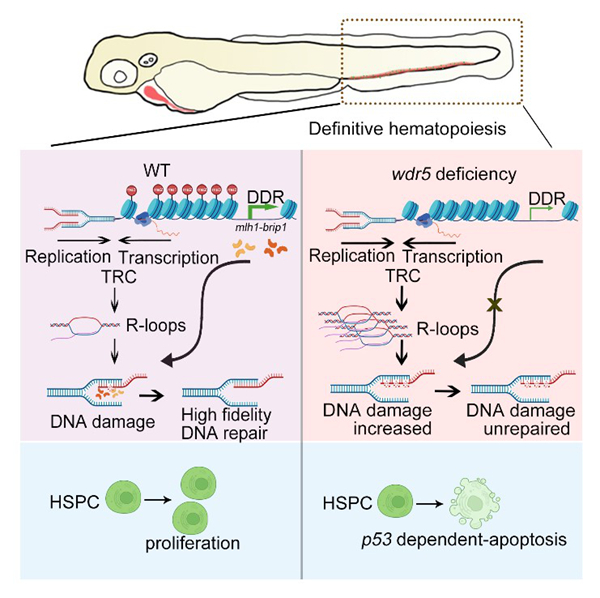2025-03-24 中国科学院(CAS)
<関連情報>
- https://english.cas.cn/newsroom/research_news/life/202503/t20250321_908532.shtml
- https://www.nature.com/articles/s41586-025-08670-3
チャノクラビン合成酵素はNADPH非依存的スーパーオキシド機構で作動する Chanoclavine synthase operates by an NADPH-independent superoxide mechanism
Chun-Chi Chen,Zhi-Pu Yu,Ziwei Liu,Yongpeng Yao,Peter-Leon Hagedoorn,Rob Alexander Schmitz,Lujia Yang,Lu Yu,Aokun Liu,Xiang Sheng,Hao Su,Yaqing Ma,Te Wang,Jian-Wen Huang,Lilan Zhang,Juzhang Yan,Jinping Bao,Chengsen Cui,Xian Li,Panpan Shen,Wuyuan Zhang,Jian Min,Chang-Yun Wang,Rey-Ting Guo & Shu-Shan Gao
Nature Published:05 March 2025
DOI:https://doi.org/10.1038/s41586-025-08670-3

Abstract
More than ten ergot alkaloids comprising both natural and semi-synthetic products are used to treat various diseases1,2. The central C ring forms the core pharmacophore for ergot alkaloids, giving them structural similarity to neurotransmitters, thus enabling their modulation of neurotransmitter receptors3. The haem catalase chanoclavine synthase (EasC) catalyses the construction of this ring through complex radical oxidative cyclization4. Unlike canonical catalases, which catalyse H2O2 disproportionation5,6, EasC and its homologues represent a broader class of catalases that catalyse O2-dependent radical reactions4,7. We have elucidated the structure of EasC by cryo-electron microscopy, revealing a nicotinamide adenine dinucleotide phosphate (reduced) (NADPH)-binding pocket and a haem pocket common to all haem catalases, with a unique homodimeric architecture that is, to our knowledge, previously unobserved. The substrate prechanoclavine unprecedentedly binds in the NADPH-binding pocket, instead of the previously suspected haem-binding pocket, and two pockets were connected by a slender tunnel. Contrary to the established mechanisms, EasC uses superoxide rather than the more generally used transient haem iron–oxygen complexes (such as compounds I, II and III)8,9, to mediate substrate transformation through superoxide-mediated cooperative catalysis of the two distant pockets. We propose that this reactive oxygen species mechanism could be widespread in metalloenzyme-catalysed reactions.


